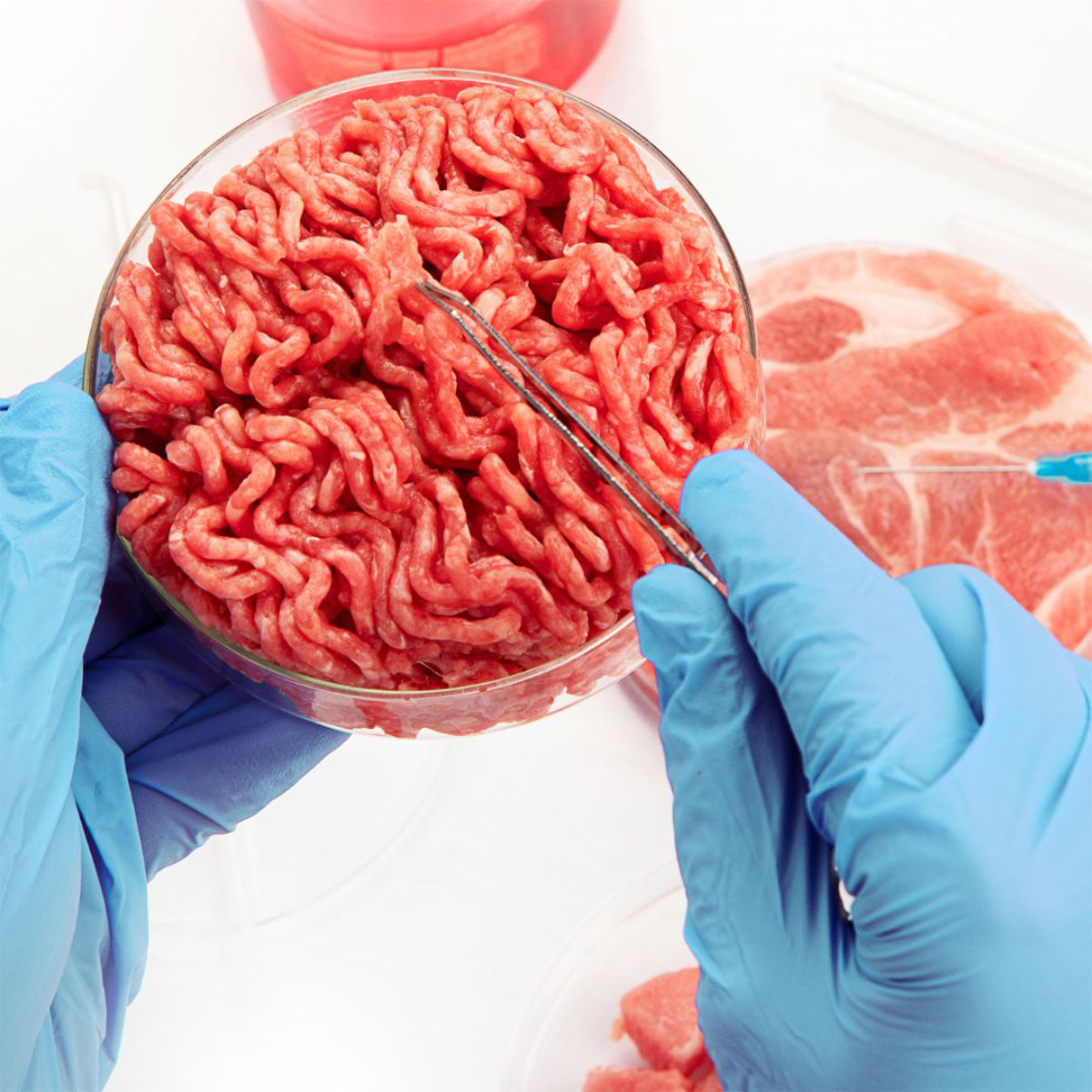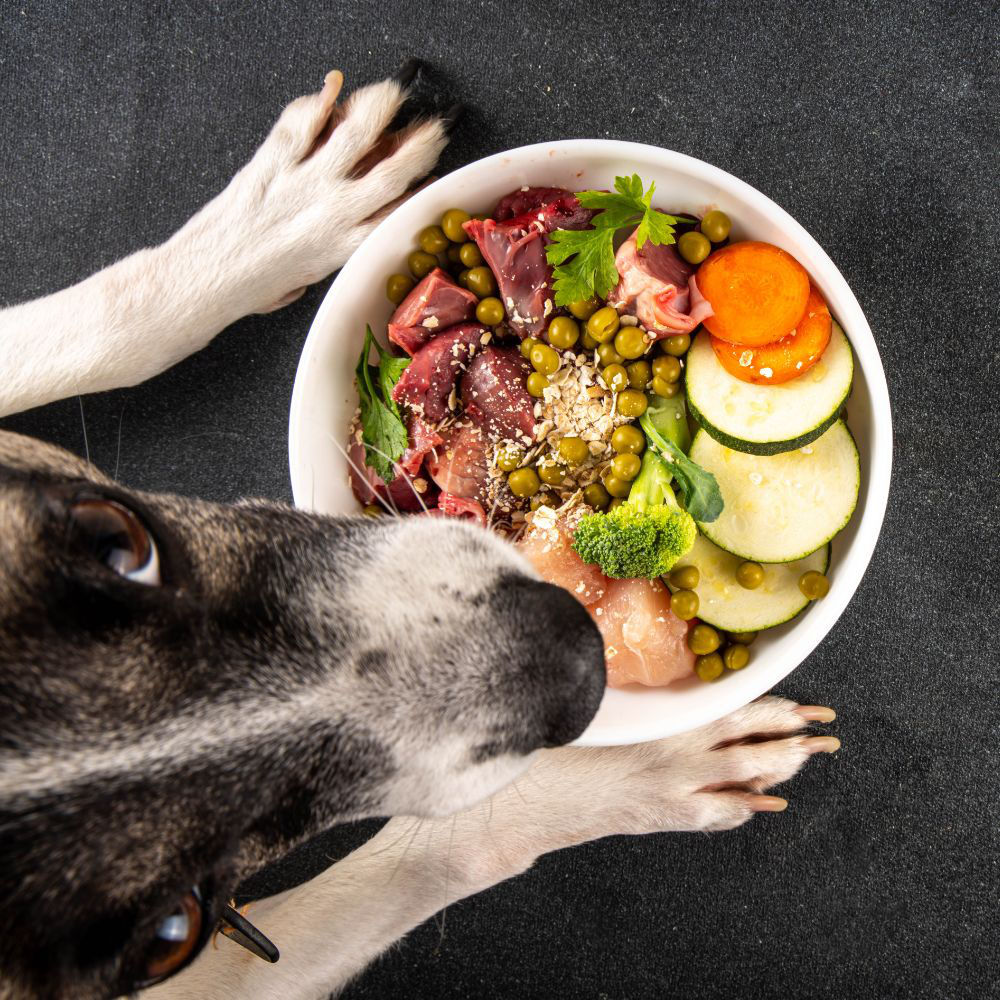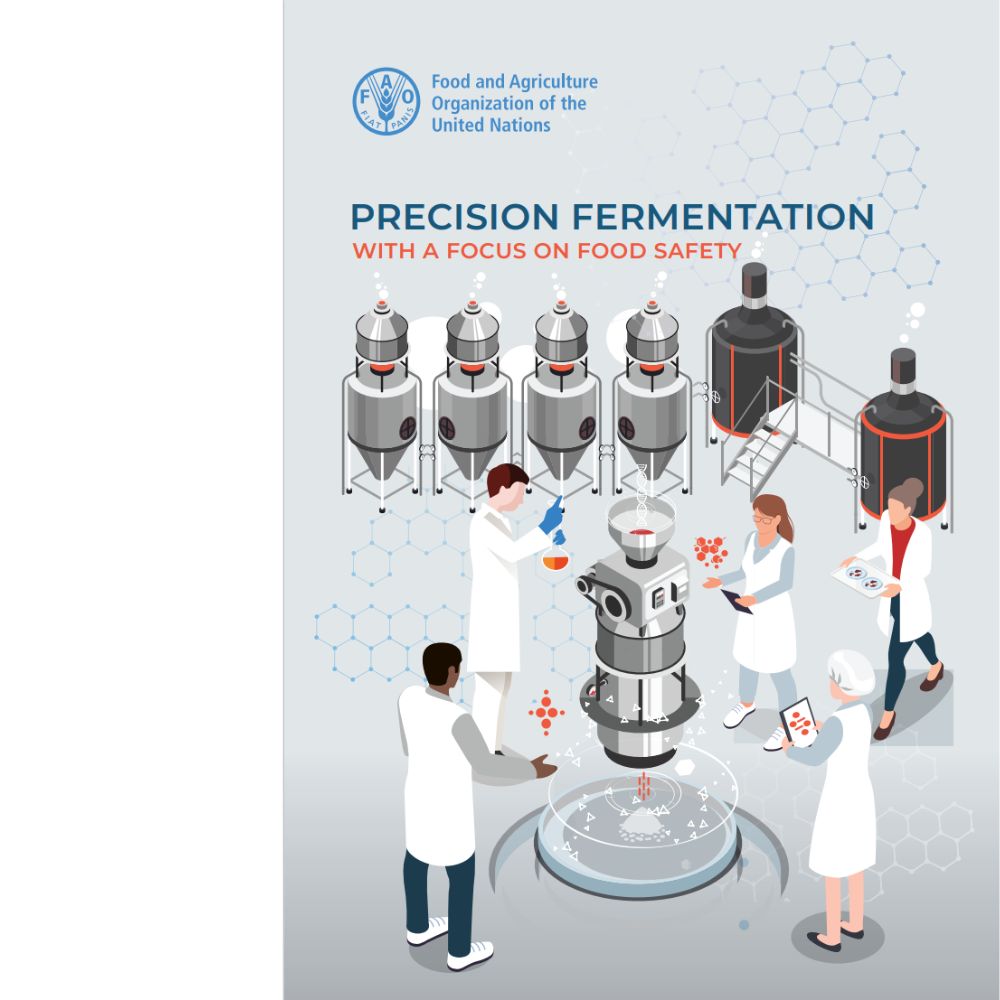Reading time: 3 minutes
Such factors which drive high product sales and the search for these innovative foods, include the impact of conventional livestock farming on climate change, the emphasis on sustainable, healthy and ethical foods, and their benefits on physical health.
As an example, Argentina, Brazil, and Mexico have seen notable increases in demand for alternative proteins, with 65 per cent, 67 per cent, and 78 per cent, respectively. Amid this panorama, the Brazilian population is leading the way, reducing their animal protein consumption by 29 per cent and switching to a vegetarian or vegan diet by 6 per cent.
Variety and innovation behind Latin American alternative proteins
Latin American consumers today have access to a wide array of alternative protein products, made with beans, lentils, chickpeas, soy, and peas, which are high in protein and can help to maintain a balanced diet.
Mexico-based company Delike creates and sells six flavors of vegan burgers made with brown rice, beans, lentils, oats, and vegetables, which results in a convenient and practical food item for nationwide consumers. Also in Mexico, the vegan company Benji produces typical products such as carnitas (“braised pork”), chorizo (“pork sausage”), chicharrón (“pork rinds), with wheat gluten, along with authentic spices, sauces and flavor.
Chile’s Live Green Co. produces and sells vegan burgers with pea protein, chickpeas, flax, lentils and mushrooms, and other whole foods. Also in Chile, is POW! Foods whose innovative product offering includes vegan chicken nuggets, chorizo and sausages and they contain high amounts of protein, 70 per cent less fat, and no cholesterol compared to conventional meat products.
On the other hand, Felices las Vacas is an Argentine brand that makes tasty alternative meat and dairy products such as crispy-battered vegan beef milanesas (“cutlet” in English or “schnitzel” in German), vegan chicken nuggets and burgers, vegan cheeses, and more.
Insects, the new and popular alternative protein option
Insects, especially crickets, have recently emerged as a popular alternative protein source, since they are rich in essential amino acids and, according to the Food and Agriculture Organization of the United Nations (FAO), their production uses only a fraction of the natural resources required for traditional livestock farming practices. The crickets are slaughtered through scalding in boiling water, which ensures the elimination of impurities and microorganisms. They are then dehydrated and ground, obtaining a fine powder which is the basis of cricket flour.
There are many health benefits to cricket flour, such as their healthy fat content, which are advantageous to cardiovascular health; its fiber and chitin, which contribute to digestive health and can act as prebiotics and its essential micronutrients, such as iron, zinc, calcium, and B vitamins. They have even versatile applications in cookies, cakes and other baked goods, pizza and pasta and even in bread products, improving its crunchiness and toasted flavor.
As a result, regional consumer interest in insect protein is increasing and Latin American governments and organizations are taking notice. Mexico’s Organic Products Law introduced insects as a food category and certified that its production does not alter the environment. It led to two new national companies, Nutrinsectos and OptiProt to innovate, emphasize food safety and deliver high-quality and nutritious insect-based products to its consumers.
On the other hand, Argentina’s National Institute of Agricultural Technology (INTA) and the National Institute of Industrial Technology (INTI) jointly developed bread and pastry products with around 10-20 per cent of insect powder from Gryllus assimilis and, according to their final results, the protein content increased up to 30.8 per cent, with a favorable effect on final shape, color and flavor.
Fermented products and their success in the Latin American market
Fermentation is one of the most innovative processes to produce alternative proteins, and it also offers numerous advantages. It reduces the presence of phytates and lectins, improves amino acid profiles, and generates more neutral flavors, eliminating any earthy aftertastes.
In Latin America, the Good Food Institute (GFI) Brazil fosters partnerships between universities and companies to scale fermentation projects, using specific microorganisms that generate functional compounds such as vitamins, enzymes, and bioactive metabolites. In Chile and Mexico, NotCo uses artificial intelligence to formulate products with fermented ingredients, and its “Giuseppe” system analyzes natural compounds combinations to replicate meat flavors and textures. On the other hand, several companies in Colombia and Peru are developing formulas for fermented yogurts and plant-based drinks with native crops, which also promotes food biodiversity.
Another line of innovation is the combination of fermented proteins with prebiotic fibers such as inulin, FOS (fructooligosaccharides) and resistant starch, which promote beneficial gut bacteria growth. This synergy creates functional foods that combine probiotics and prebiotics, such as energy bars, vegan yogurts, plant-based kefir-type drinks, and more digestible meat substitutes.
Conclusion
The growing consumer interest and high sales of alternative proteins in Latin America reflect both its promising future and its potential leadership as an international player. New companies have emerged, and will continue to emerge, as they develop new products that meet changing consumer preferences, drive the sustainability and flourish the regional food industry.
References
Argentina Ministerio de Economía – Agricultura, Ganadería y Pesca. “Evalúan el uso de insectos como alternative de alimentación” Instituto Nacional de Tecnología Agropecuaria (INTA). 24 January 2023. https://www.argentina.gob.ar/noticias/evaluan-el-uso-de-insectos-como-alternativa-de-alimentacion
Informes de Expertos. “Visión general del mercado de proteínas a base de plantas en América Latina” https://www.informesdeexpertos.com/informes/mercado-de-proteinas-a-base-de-plantas-en-america-latina
Kohan, Ronen. “The Future of Food in Latin America: Embracing Insect Protein”. Latin America Policy Journal. Harvard Kennedy School (HKS) Student Policy Review. 21 June 2023. https://studentreview.hks.harvard.edu/the-future-of-food-in-latin-america-embracing-insect-protein/
Market Data Forecast. “Latin America plant-based protein market” June 2025. https://www.marketdataforecast.com/market-reports/latin-america-plant-based-protein-market
Peta Latino. “¿La próxima ola de innovación en carne vegana provendrá de América Latina?” 2025 https://www.petalatino.com/blog/carne-vegana-de-america-latina/
ProVeg International. “Chilean startup POW! Foods launches products at major Latin America retailer” 30 August 2022. https://proveg.org/press-release/chilean-startup-pow-foods-launches-products-at-major-latin-america-retailer/
Sawczuk, Celeste. “Harina de grillo: el superalimento que podría cambiar la industria alimentaria”. Infobae. 17 April 2025. https://www.infobae.com/america/ciencia-america/2025/04/17/harina-de-grillo-el-superalimento-que-podria-cambiar-la-industria-alimentaria/
The Food Tech. “Harina de insectos: una alternative proteica en la panificación latinoamericana” Tecnología de Alimentos. 18 March 2025. https://thefoodtech.com/tecnologia-de-los-alimentos/harina-de-insectos-una-alternativa-proteica-en-la-panificacion-latinoamericana/
The Food Tech. “Carne alternativa en Latam: innovaciones que están cambiando a la industria de alimentos” 19 September 2024. https://thefoodtech.com/tecnologia-de-los-alimentos/carne-alternativa-en-latam-plant-based-carne-cultivada/
The Food Tech. “Proteínas alternativas en Latam: nuevas opciones funcionales para la salud y el deporte” 10 November 2024. https://thefoodtech.com/ingredientes-y-aditivos-alimentarios/proteinas-alternativas-en-latam-nuevas-opciones-funcionales-para-la-salud-y-el-deporte/
Foodtech Now! Series in Markets & Trends
Global Protein Perspectives

What does the protein landscape look like in other parts of the world? Where are which types of meat and alternative proteins popular? Our new series Global Protein Perspectives takes you on a journey and highlights global trends in the protein markets.
If you would like to share your protein insights or have any suggestions, we would love to hear from you.













